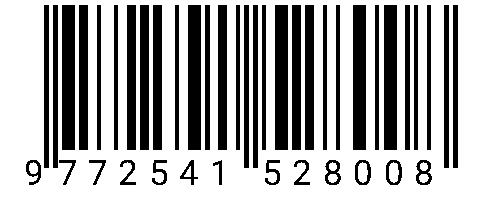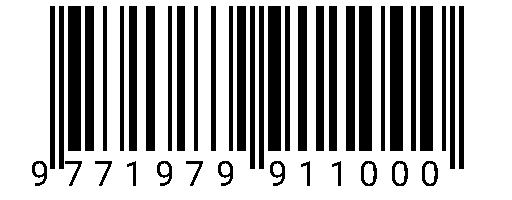DETEKSI SEL DARAH SECARA OTOMATIS DENGAN EXTREME LEARNING MACHINE
DOI:
https://doi.org/10.34151/prosidingsnast.v8i1.4179Keywords:
Automatic detection, Blood cell detection, Extreme Learning MachineAbstract
Blood tests in humans play an important role not only to determine a person's blood type but also to detect diseases. Blood tests are carried out by composing blood preparations and checking them in the laboratory. With the development of technology in computer vision, the examination of blood preparations can be done through digital images of the microscope preparat. This study was conducted to detect blood cells automatically from digital images using the Extreme Learning Machine (ELM) method. The most obvious difference between ELM and other Neural Networks is in the number of its hidden layer. The ELM architecture only consists of 1 layer, while the hidden layer architecture in other Neural Networks may contain more than 1 layer. In the learning process, ELM utilizes the Moore Penrose Pseudoinverse matrix inverse theory which has the best generalization results with faster computation time. Experiments were carried out by digitizing the image of the blood cells. These images consisted of two types, the stained images and the unstained images. In the stained microscopic images, each component of the blood cells can be clearly seen and easily identified. Meanwhile, in the image of the unstained preparations, the components of the blood cells cannot be distinguished or seen directly by the human eye. The experimental results show that the developed method can achieve 95.83% accuracy for the stained image and 68.6% accuracy for the unstained image. Furthermore, the average testing accuracy of varied white blood cell types has an accuracy of 81.36%.
Downloads
Published
Issue
Section
License
Copyright (c) 2022 Lina Lina

This work is licensed under a Creative Commons Attribution 4.0 International License.







